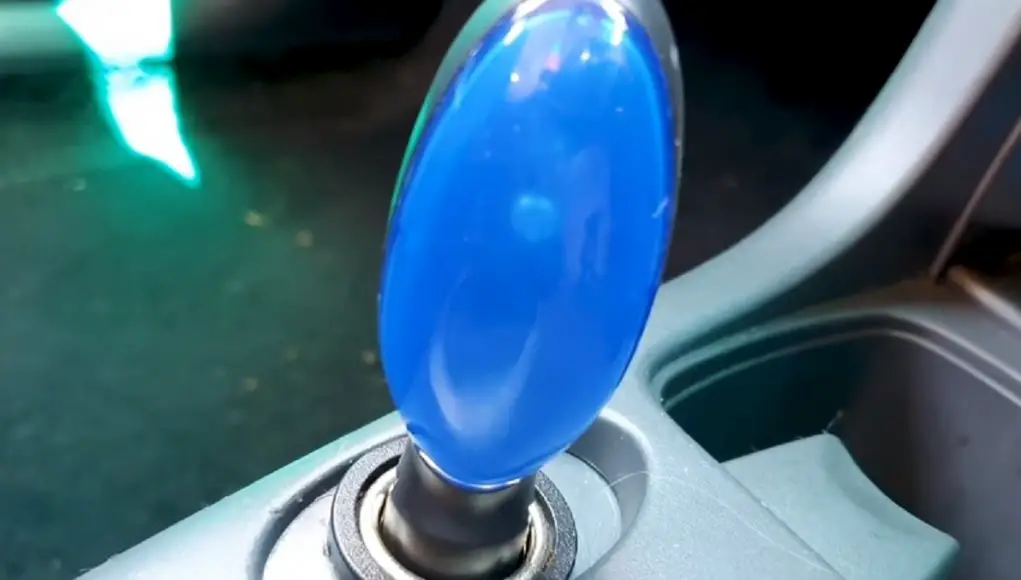Purchasers and journalists who investigated similar products mostly all arrived at the same conclusion.
What’s old is new again and, as gas prices reach historic levels, people are desperately trying anything and everything to save fuel, that means blindly shopping for fuel saving devices without doing any research.
One of the more popular fuel saving devices that went out of style in the mid-2010s but is lingering around till this day are these Fuel Saver devices you plug into your 12V socket (aka the cigarette lighter.)
They go by many names including the Fuel Shark, FuelShark, Neosocket fuel saver, and the plug-and-play gas economizer but, essentially, they are all the same thing.
When the blue light is on, you’ll know it’s “working.”
They all claim to optimize, improve, and overall stabilize the electrical circuit of your car’s “voltage environment” and, in turn, the device helps to improve your car’s efficiency. You’ll not only see better mpg, but improved performance.
Some claim to save between 5-8 percent on fuel, a believable amount, while others, like this one below, purport to save you up to 20 percent.
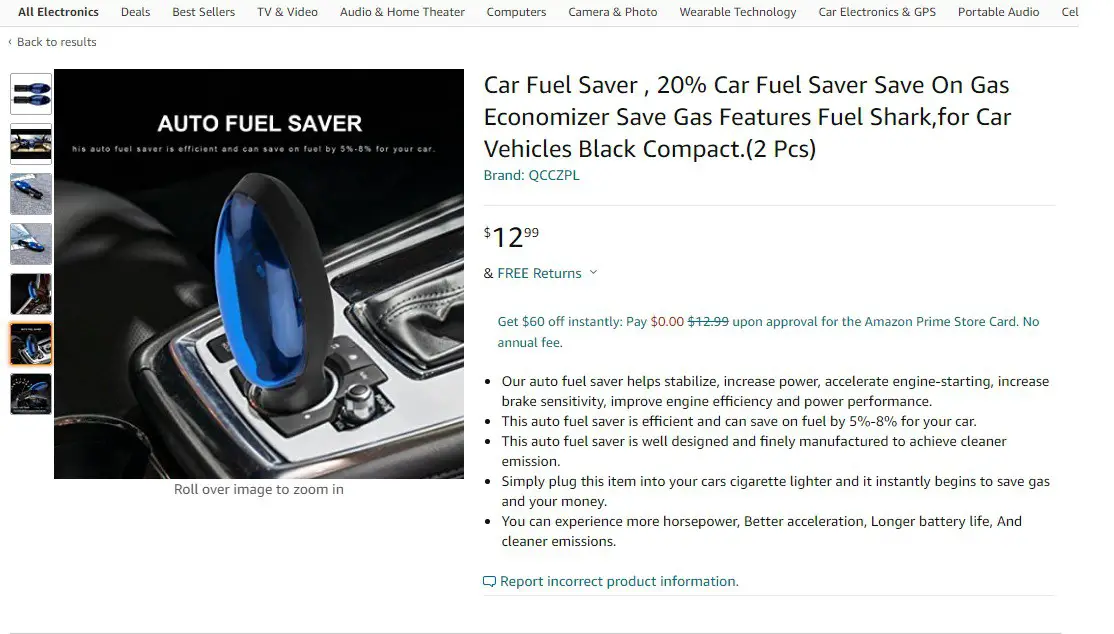
For a two-pack of this wonder device for just $15, it supposedly pays for itself within the first fill-up. It’s a no-brainer!
Before you pull the trigger on one of these NeoSocket Fuel Shark’s, you’ll want to read through what one journalist and an electrotechnic Youtuber found out first.
Investigation and debunking by Jalopnik between 2013-2021.
Right when the Fuel Shark was gaining momentum, Jalopnik’s Jason Torchinsky bought a FuelShark and put it to the test.
First, Torchinsky hooked up a Fuel Shark to his 1973 Volkswagen Beetle and ran his aircooled 1.6L four cylinder at idle speed with and without the FuelShark plugged in. By timing how long it took his Beetle to drain a 1/4 gallon, he determined if there were any fuel savings going on.
“Without the Fuelshark, the Beetle ran for 44 minutes, 37.18 seconds. With the Fuelshark, the engine ran for 42 minutes, 20.51 seconds. Which means it actually did a little worse, “Torchinsky concluded.
Further backing up his test, Torchinsky, with the help of his friend and expert Tom Jennings, tore a FuelShark apart and found “a blue LED (similar to this), a 35v 1000uF capacitor (like this one), and a 4700 ohm resistor.”
The hardware was not sufficient to “maintain optimum electrical performance” or “supplement the required voltage” for a car of any size.
In an update posted two months later, Fuelshark’s then President said Torchinsky’s evaluation and claims were not true.
They claimed his Beetle was too old, and, if they tested it on a newer vehicle with a modern electrical system they’d realize “up to 10 percent better fuel savings” due to the FS’s capacitor’s filtering circuit capabilities.
A professor of Aeronautics and Mechanical Engineering from Caltech concluded that FuelShark’s further claim was nonsense.
Before Torchinsky left to start his own site, he blogged about another similar device sounding a lot like the FuelShark, dubbed the FuelSave™.
“It’s absolute bu**s***,” Torchinsky again concluded.
Debunked by Electrotechnics hobbyist DiodeGoneWild
Electrotechnic hobbyist and Youtuber DiodeGoneWild also tore apart a Fuelshark and came to the same conclusion as Torchinsky ,that the FuelShark “doesn’t actually save you fuel. It’s one big fraud.”
Here’s a screenshot of the schematic of a FuelShark and his video below.
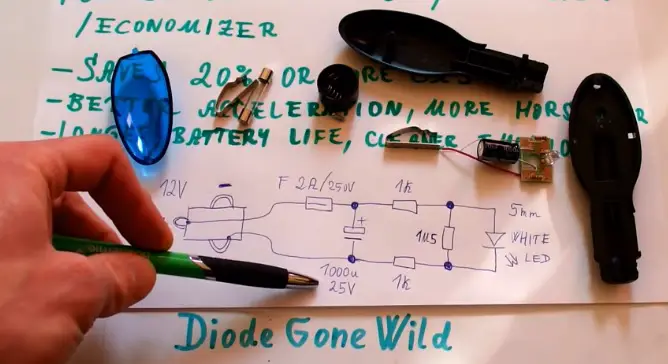
DGW further explained that, “The car’s battery acts like a very big capacitor (on its own.) The capacity of this tiny one (in the FuelShark) is just negligible.”
Another logical point DGW comes up with is if such a tiny capacitor, like the one found in the Fuel Shark, really did save as much fuel as it claims, car manufactures would eventually find out about this competitive edge and build it into all cars moving forward.
The fact that one automaker hasn’t successfully implemented such a system cost effectively is proof enough.
What verified purchasers are saying.
Believe it or not, there are still people who pull the trigger on a Neosocket Fuel Shark-type of device without looking through the reviews.
Here are some noteworthy ones, reading through reviews from here, here, and here.
David hooked up an Economizer 3-pack to three of his cars.
“My wife’s Envoy averaged 18.1 mpg before the Fuel Saver was plugged in, and after using it for a month, her gas mileage went down to 16.8 mpg with no noticeable increase in power, David commented. “My Town Car averaged 19.2 mpg before plugging it in, and a month later my car averaged 19.4 mpg and no increase in power. My son’s Acura didn’t see any changes in gas mileage but he does think the car has a little more power, but nothing substantial.”
“I have had it in for more than 2000 miles and nothing, “one-star reviewer Timothy wrote.”
“This product does not work in neither of two vehicles we have tried them on, “MJ Martinez concludes.
There are a handful of reviews saying this their Neosocket Fuel Sharks are doing something, but the vast majority say otherwise.
The state of FuelShark and why you’re seeing so many knockoffs.
The Fuel Shark in its original form is still around but, as their website shows (fuelsharksaver.com,) it’s only for sale in Great Britain. Strange.
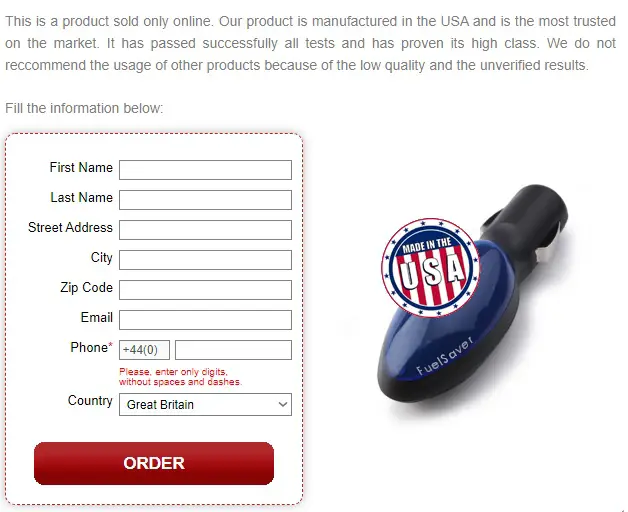
A quick google of both FuelShark and NeoSocket’s trademark’s reveals not only were they once owned by the same person, they’ve both been cancelled as of 2018.
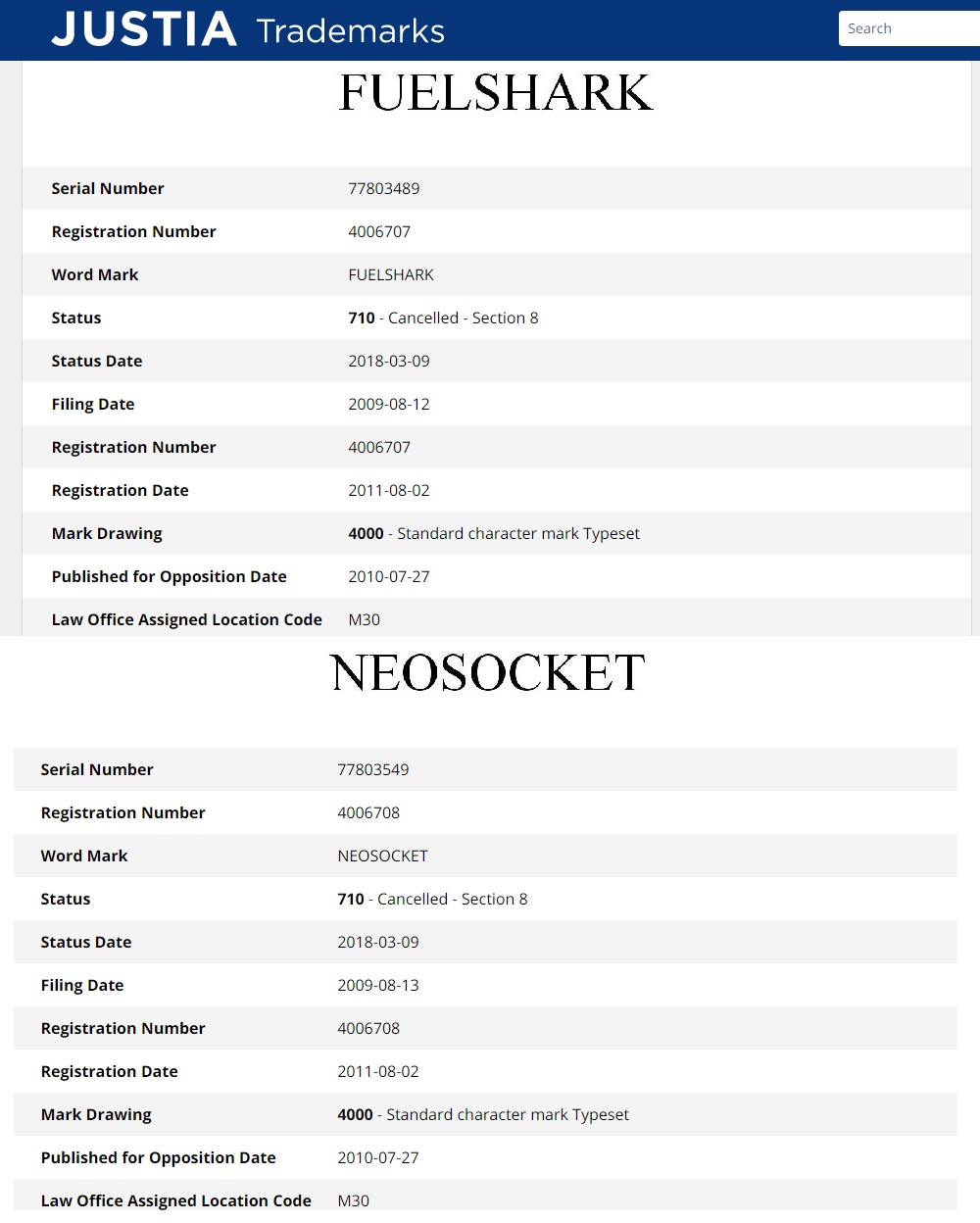
My guess is, since FuelShark is no longer operating under a trademark, copy-cats are manufacturing a copy of the device enmasse and are reselling them under whatever brand name they come up with.
Resellers on Amazon and eBay are buying those copies wholesale from sites like AliExpress, Alibaba.com, and even Wish for as little as $1 and reselling them to you for upwards of $15.
Talk about a 15x return. It’s no wonder they’re still for sale.
Don’t believe me? Click here to see an AliExpress listing, screenshot below.
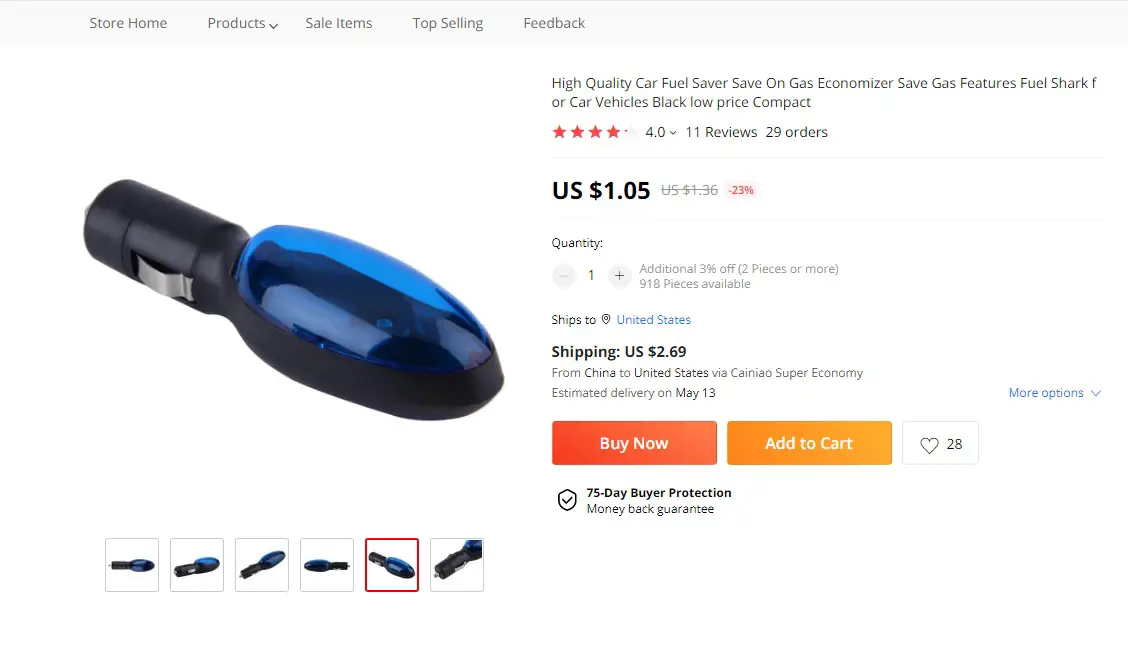
How are some users reporting fuel savings?
There is one way these NeoSocket Fuel Shark’s do work, it’s called the placebo effect. By keeping a tiny blue light near you, it’s a visual reminder there’s “fuel savings” going on, even though there isn’t.
A post-it note reminding you to drive efficiently might be as effective.
Without you realizing it, you start to drive a little more conservatively and that much slower. When you do the back of the napkin maths at your next fill up, you’ll think the device is working when it’s been you and your driving habits all along.
As a reminder light or placebo, those NeoSocket Fuel Shark gas saver devices might have a tiny bit of merit after all.
But don’t, for one second, think these devices are doing much of anything beyond that.


